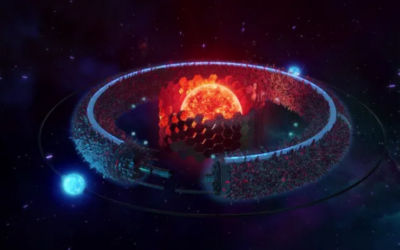
Dyson Sphere: A Vision of Unlimited Energy—or an Impractical Fantasy?
As humanity expands its reach beyond Earth, we’ll eventually face a pivotal moment where the current methods of energy production will no longer suffice.

As humanity expands its reach beyond Earth, we’ll eventually face a pivotal moment where the current methods of energy production will no longer suffice.

In an exciting breakthrough, a team of researchers led by the University of Tokyo has developed a comprehensive dataset of Earth’s atmosphere that spans nearly two decades, offering new opportunities for studying regions that have long been difficult to access and understand.

In this article, we venture into a topic that has been largely unexplored in scientific discussions: Faster-Than-Light (FTL) travel. As space exploration advances, the dream of reaching distant stars quickly is becoming more relevant.
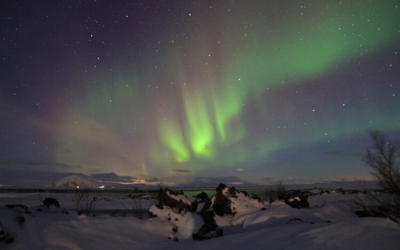
A mysterious whitish-grey patch that sometimes appears alongside the northern lights has been explained for the first time by researchers from the University of Calgary.
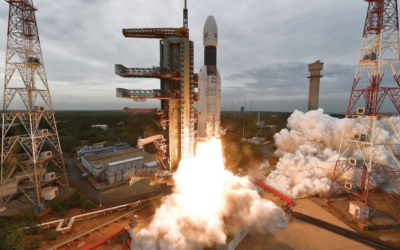
A spacecraft has a number of essential components, such as an engine, power subsystem, steering system and communications system, in addition to science instruments.
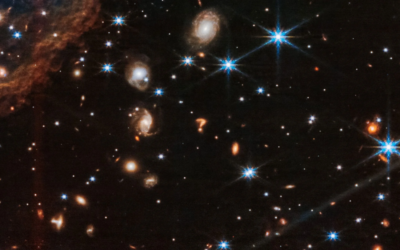
For over a century, scientists have been grappling with the mystery of dark energy, a force that was introduced to explain the accelerating expansion of the Universe. However, a new study by researchers at the University of Canterbury in Christchurch, New Zealand, suggests that dark energy may not exist at all.
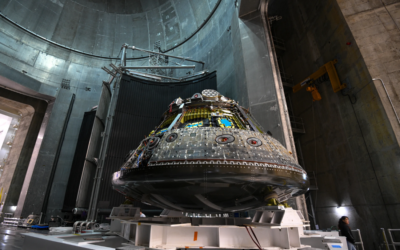
NASA’s Orion spacecraft is on the brink of a monumental achievement: its first crewed mission under the Artemis program, set to journey to the Moon and beyond. But before this historic launch, the spacecraft has gone through rigorous tests to ensure its safety and reliability.